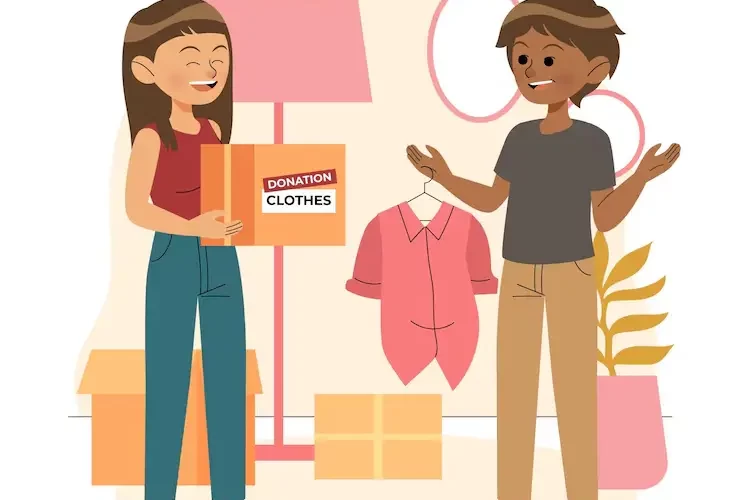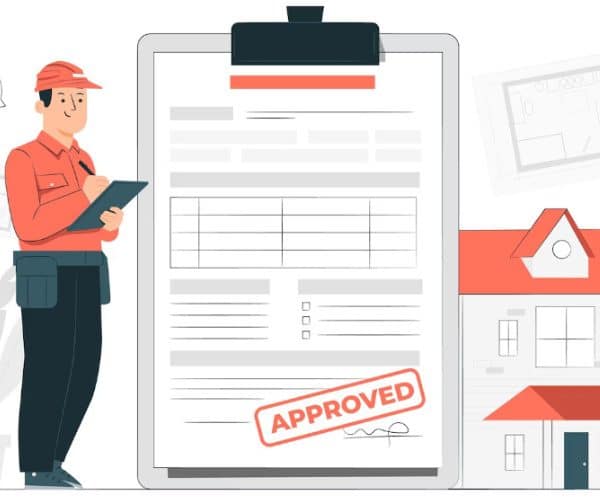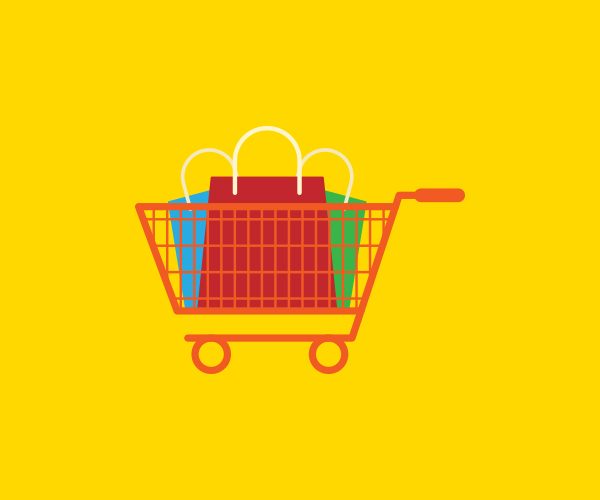A retail customer purchases products from a retailer for personal or business use. This customer can be an individual or a business entity as well.
These customers mostly purchase in small quantities. In the US, retail contributes around $5.3 trillion to annual GDP. In this, the e-commerce retail shares were 23% in 2023 after an increase of 0.8% from 2022.
The statistics imply that retail customers are crucial not just for the industry but for the overall economy. Businesses are required to carve out specialized strategies to cater to retail customers.
For this, it is essential to understand the many types of retail customers.
Types of Retail Customers

The following are the major types of retail customers:
Impulse Customers
Impulse customers, as clear from the name, purchase products on an impulse. They generally don’t have a specific product or list in mind and purchase if a product attracts them.
Another characteristic of these customers is that they are open to product recommendations. This implies that word of mouth can impact their buying decisions.
Impulse customers are the second most important type of customers for businesses, the first ones being the loyal customers.
Loyal Customers
Loyal customers are the most important type of customers for businesses and are prioritized when creating marketing and sales policies. Data shows that even though loyal customers make up only 20% of the total customer base, they contribute to the majority of sales revenue.
Truly loyal customers are more likely to recommend the business to others. This means that loyal customers can bring in impulsive customers too as they are receptive to recommendations.
Including the feedback of the loyal customers in decision-making can be profitable for businesses.
Need-Based Customers
Need-based customers purchase products that they need. They aren’t driven by impulse and therefore are hard to upsell.
Trying upselling to these customers can backfire as well because they are purchasing for a specific purpose or occasion.
Pressurizing them with purchasing more or upgrading can push them toward competitor businesses.
Positive interactions with need-based customers can facilitate their conversion to loyal customers.
Discount Customers
Discount hunters are focused on saving money and, therefore looking for discounts. Such customers are essential to the smooth cash flow of businesses.
This is because they can turnover a business’s inventory more than other types of customers. Businesses may think that attracting these customers is simple and can be done by putting products on discount.
The reality is that this customer type is the least loyal one and will purchase from another business if the deal is better there.
These customers may also haggle for better prices so upselling them is also very difficult.
Window Shopping Customers
Window shopping customers or wanderers enjoy shopping for the sake of experience. This means that they may enter the store or the website without any intention to purchase which is why they contribute least to the sales revenue.
But this doesn’t mean that businesses should ignore them and not try to sell products to them.
The salesperson should not be pushy with these customers. However, they can provide them with relevant details that may create the impulse to buy.
Another trick can be optimizing the layout of the store to get revenue out of these customers.
Businesses need to devise marketing strategies to attract these customers. Let’s explore some of these strategies below.
Explore about private labeling.
How to Carry out Effective Marketing for Retail Customers

Below is an explanation of some effective marketing strategies for retail customers:
Offer Loyalty Programs
Loyalty programs offer different types of incentives to the customers as a reward for their repeat purchases and a push for purchasing again. Statistics show that say that they will switch businesses to avail discounts or coupons.
Loyalty programs can create loyal customers that come back for a purchase. Data proves that returning customers are 10 times more profitable than new ones.
This implies that discounts and coupons can be a favorable marketing strategy not just to attract new customers but to retain the existing ones.
Follow the 4 P’s of Customer Service
These are the 4 P’s of customer services:
Promptness
Promptness means that businesses should respond to customer needs swiftly. If a customer wants assistance, there should be a representative who can assist and convert the query into a sale. For retail businesses, customer queries should be responded to timely and shouldn’t take days for a response.
Politeness
Politeness can be called the foundation of customer service. Responding to customers politely can increase the chances of sales. While having knowledge is crucial, the way this knowledge is provided to the customers can make or break the deal.
Professionalism
After politeness comes professionalism. While politeness increases the chances of sales, professionalism can actually seal the deal. Customers prefer purchasing from businesses that know their products and services.
Personalization
Gitnux data shows that 63% of customers refused to purchase from businesses that used poor personalization tactics. The current sales environment dictates that the one-size-fits-all model is outdated. Customers want personalized experience to finalize their purchase decisions.
Integrate Technology
Integrating technology in marketing strategies may work the best in the era of social media. Statistics show that 1 in 4 Gen Z customers said that they are more likely to purchase something that has a lot of likes or positive comments on social media.
This opens scores of avenues for businesses to market their product in a certain way that proves their product is liked by the majority.
Optimize In-Store Amenities
Even though e-commerce is increasing, it is still not everything. Customers still need to be given in-store amenities to improve their buying experience with the brand.
72% of customers have stated that they like to visit the outlet to experience the product and then purchase it online. This shows how crucial the in-store experience is to lock sales.
Businesses should research their target customer’s demographics and then arrange for facilities in the outlet.
Conclusion
Retail customers contribute trillions of dollars to the US economy. Bringing them to purchase products is essential for businesses. For this, these customers need to be understood on a deeper level.
Following specialized strategies to cater to the retail customer’s needs can contribute more to a business’s profitability.



